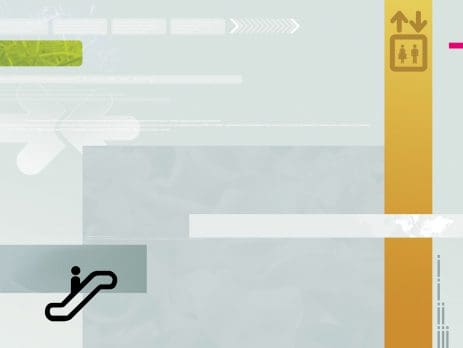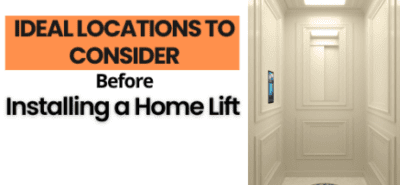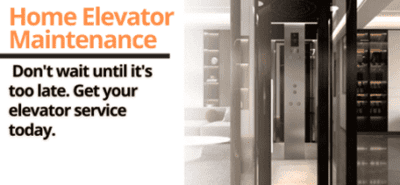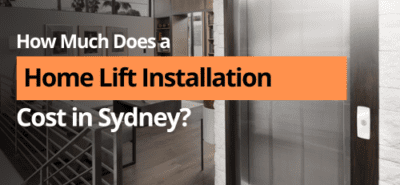Parts/ Components on Elevator Cabin Top/Ceiling and its function
- Ventilation fan
- Lumination
- Roof/ Top beam
One of the main brackets of an elevator. It is to hang up part of the cabin weight, keep the shape and avoid the deformation of the cabin. Guide shoes are installed at the two ends to guide the cabin sliding along the guide rails.
- Guide (rail) shoes and inserters
Fastened onto Top Beams and used to guide the cabin movement along the guide rails. To minimize the friction, it will work with oil lubricators or guide wheels.
- Blocking Device
It is one of the optional safety accessories. It is used to lock the cabin position onto the upper guide rails during overhaul to ensure no movement is allowed in the process.
- Car roof panels/ plates
Very top part of the cabin ceiling so that elevator mechanics can stand on the cabin top. Also, light fitting and ventilation fans, etc can be installed onto it.
- Roof C-profiles beams for support
General fixing accessories for the construction industry. It is attached to the cabin roof in conjunction with T-bolts. Other parts can also be fastened to it via T-bolts.
- Oil lubricators
Also named oilers. They are composed of oil containers and oil brushes to continuously apply lubricant between guide rails and guide inserters when an elevator moves along guide rails.
- Pulley wheels on roof and guards
Depending on different designs, pulley wheels can be installed on top beams or bottom beams. Sling ropes are rolled onto it to lift or lower the cabin up or down.
- Upper isolations and studs
It is one of the ride comfort accessories. They are made of rubber or other soft materials to isolate the vibration between rails and the cabin to increase the ride quality.
- Car top control box
It is a sub-control station on cartop, which is composed of flex cable terminals and sub control boards. It feeds the power and administrates buttons, switches, indicators, annunciators, doors etc. and establishes the communication between them and the main controller.
- Car top inspection box
It is used to control the elevator moves up and down at slow speed during installation and repair work when mechanics work on the cabin top. It is connected to the car top control box.
- Inspection Handrails/ Balustrade
It is one of safety accessories during car top inspection. Some home private elevators must retract (lay down) them when elevators are in normal service mode. Such elevators will not return to normal service when balustrade erects.
- Door Drive/ Controller
A small size and low power VVVF converter to feed the power and control the door open and close, which is connected to the Cartop Controller Box and awaits the door operation command.
- Door motor
They are used to drive the door movement. The range of products can be very various, like AC or DC and asynchronous or synchronous, brushless and so on. Generally, they are compact, have small size and low power. Nowadays, many of them are equipped with encoders to precisely feedback the door movement.
- Light Curtain Controller/ Power Supply
When people walk through the doorway, the light curtain controller receives signal from light ray elements and gives switch signal to the cartop controller. Door controller will reopen the door to avoid closing on people.
- Emergency Stop buttons
They are NCs and connected in series with safety circuits. Pushing any of them in will stop the elevators immediately to avoid accidents. Thus, they are highly visibly coloured and installed in multiple locations for easy accessibility.
- Gong
Mainly designed for eye sight impair people. It will be engaged every time when the elevator arrives and the door opens.
- Alarm bell
Mainly located on cartop. It will trigger when people are trapped inside the cabin and press the emergency button on the Car Operation Panel (COP). Most of them are working with emergency phone units. Depending on different designs, some of them only enable when doors are closed to avoid vandalism and also trigger when light curtains are blocked by an obstructor for too long.
- Intercoms
Internal phone network for an elevator to establish the communication among pit, cabin, cartop, machine room and guard office.
- Emergency lights
Will luminate the cabin when there is a power outage in the building. However, it is fed by battery banks so it won’t last for too long, depending on power consumption.




